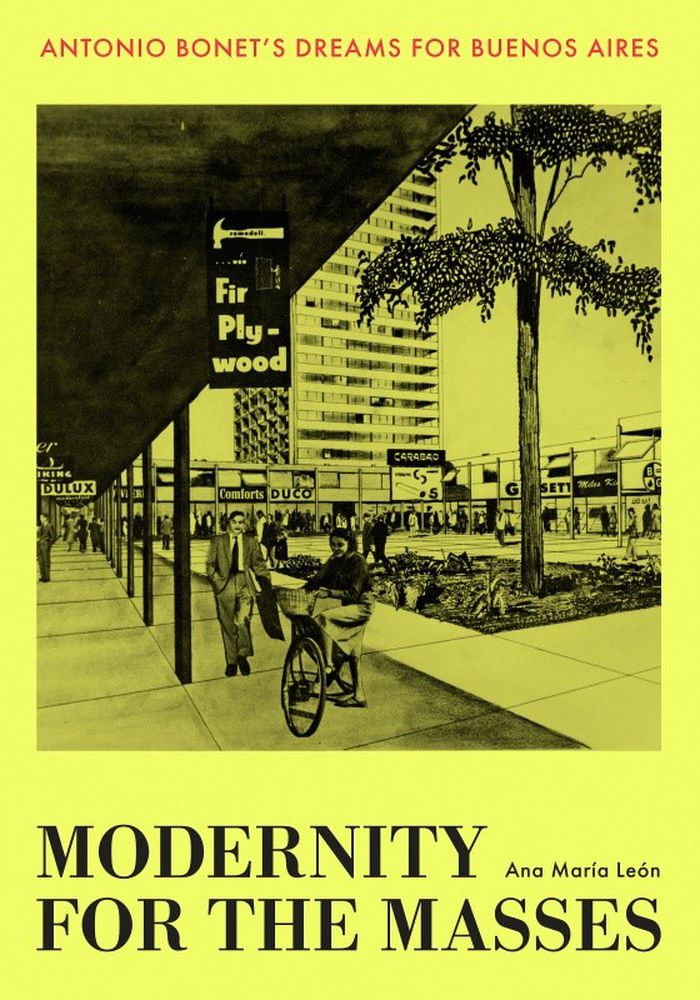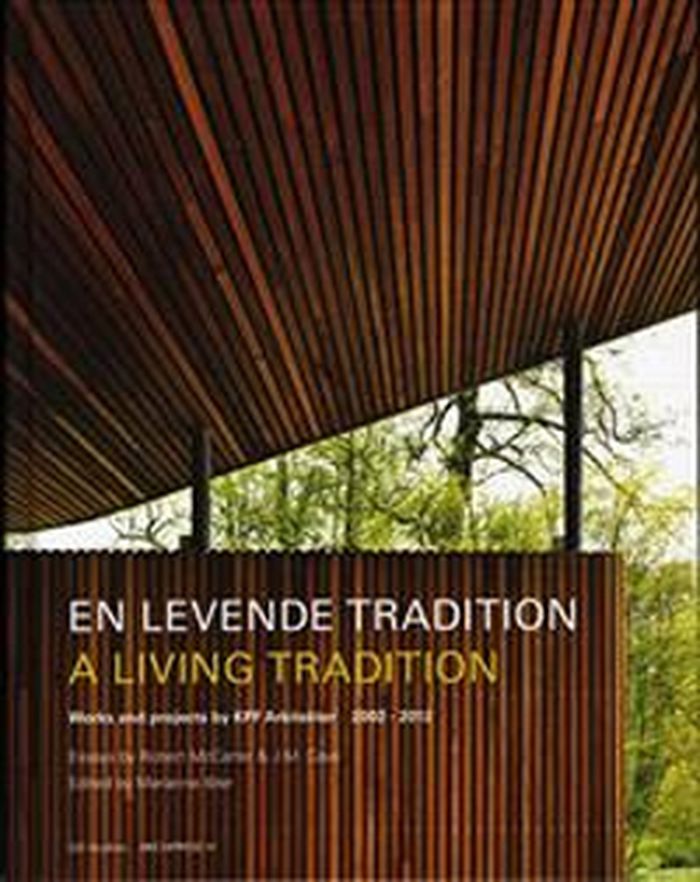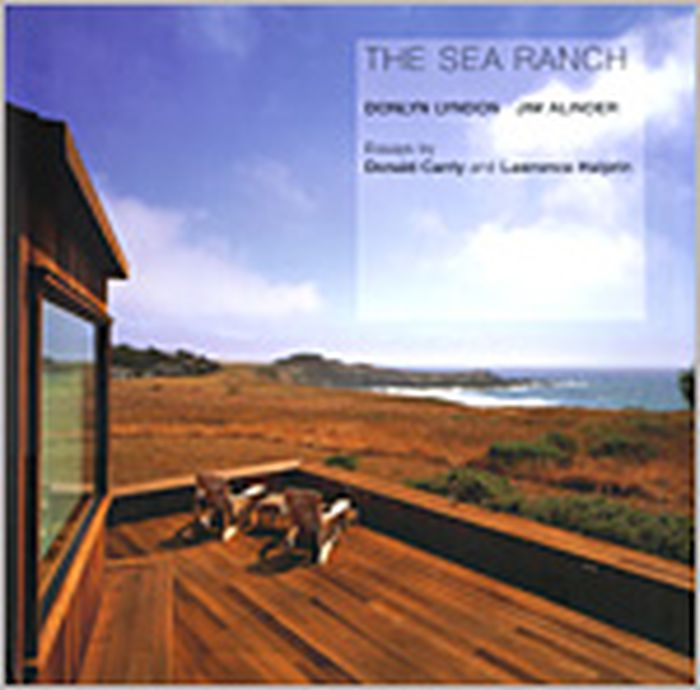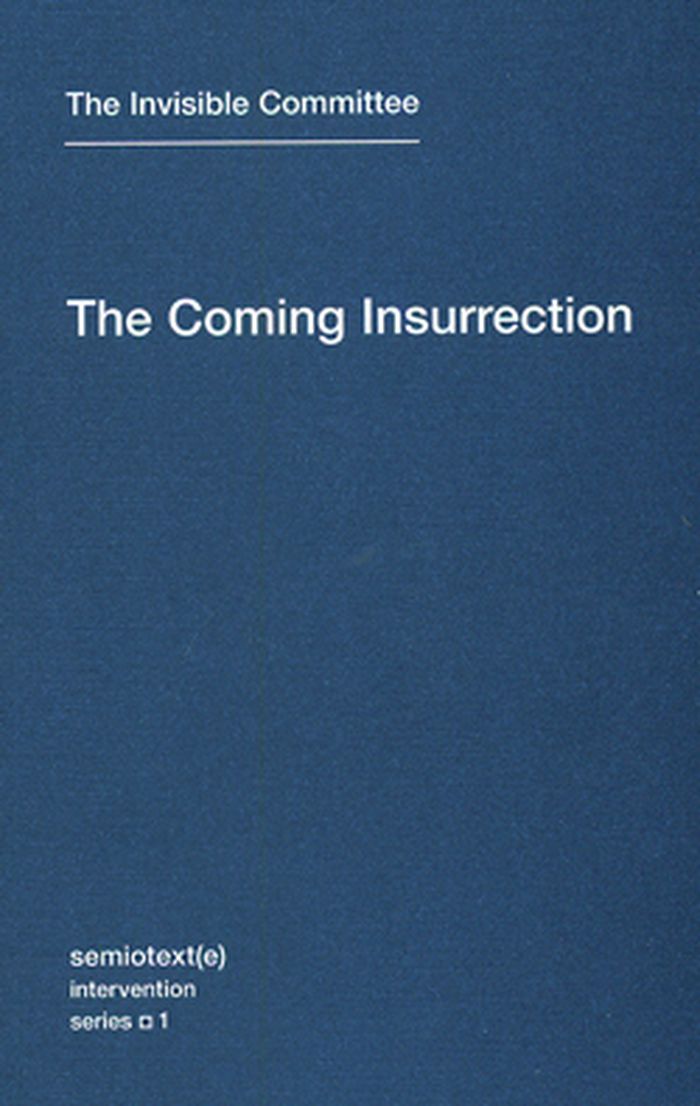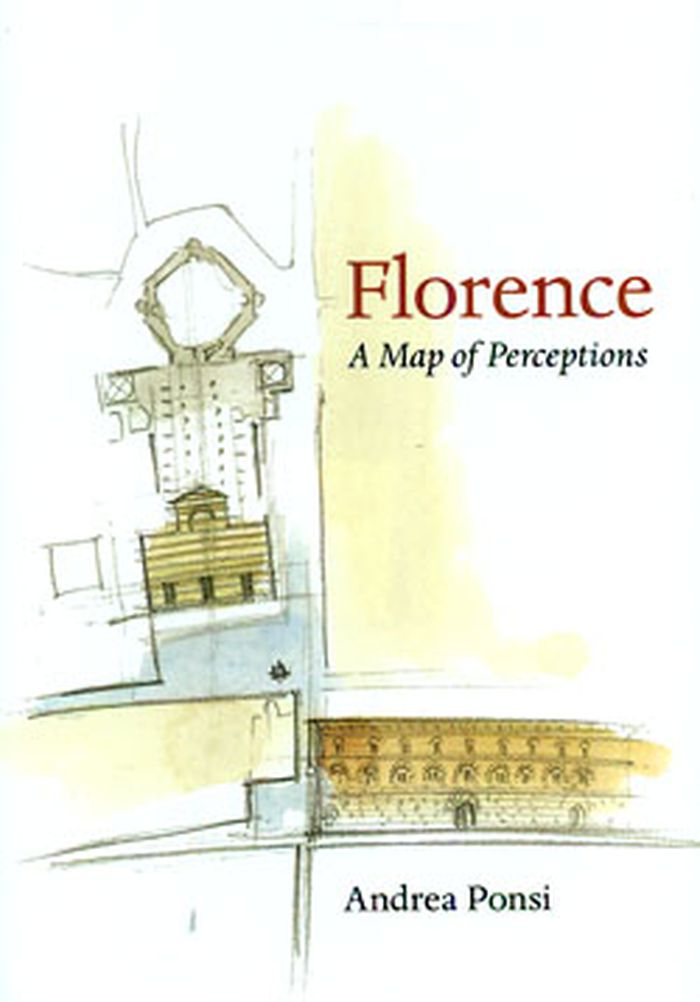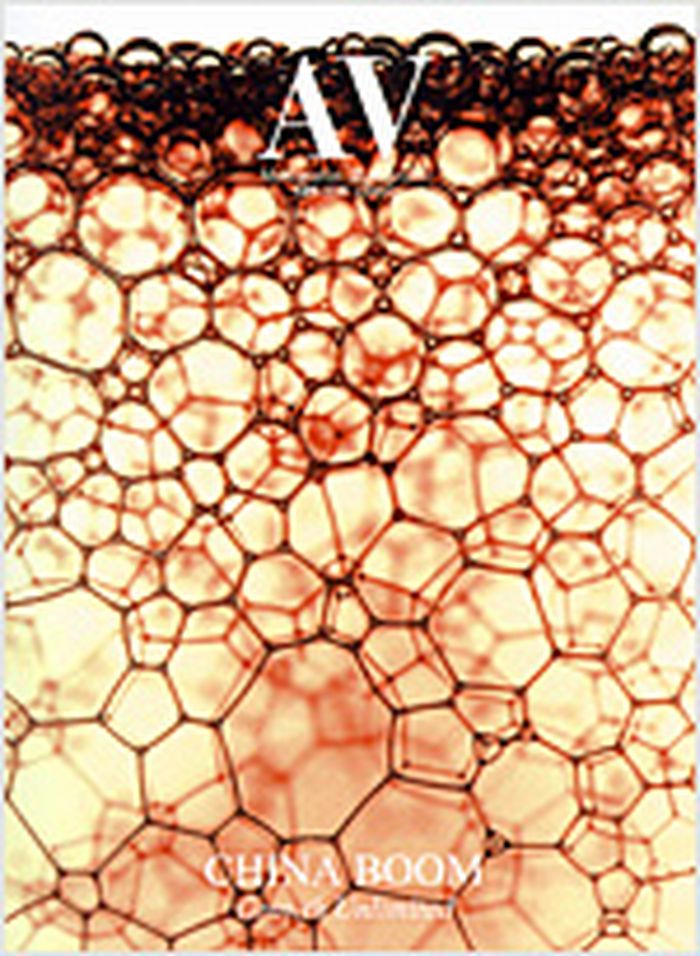$62.95
(available to order)
Summary:
Throughout the early twentieth century, waves of migration brought working-class people to the outskirts of Buenos Aires. This prompted a dilemma: Where should these restive populations be situated relative to the city’s spatial politics? Enter Antonio Bonet, a Catalan architect inspired by the transatlantic modernist and surrealist movements. Ana María León follows(...)
Modernity for the masses: Antonio Bonet's Dreams for Buenos Aires
Actions:
Price:
$62.95
(available to order)
Summary:
Throughout the early twentieth century, waves of migration brought working-class people to the outskirts of Buenos Aires. This prompted a dilemma: Where should these restive populations be situated relative to the city’s spatial politics? Enter Antonio Bonet, a Catalan architect inspired by the transatlantic modernist and surrealist movements. Ana María León follows Bonet's decades-long, state-backed quest to house Buenos Aires's diverse and fractious population. Working with totalitarian and populist regimes, Bonet developed three large-scale housing plans, each scuttled as a new government took over. Yet these incomplete plans—Bonet's dreams—teach us much about the relationship between modernism and state power. This volume finds in Bonet's projects the disconnect between modern architecture’s discourse of emancipation and the reality of its rationalizing control. Although he and his patrons constantly glorified the people and depicted them in housing plans, Bonet never consulted them. Instead he succumbed to official and elite fears of the people's latent political power. In careful readings of Bonet's work, León discovers the progressive erasure of surrealism's psychological sensitivity, replaced with an impulse, realized in modernist design, to contain the increasingly empowered population.
Urban Theory
$67.95
(available in store)
Summary:
For a small country that generally keeps a low profile on the stage of world events, Denmark has played a disproportionately prominent role in the history of 20th Century architecture and design. Today in the early 21st Century, known for its anything-goes attitude towards design, Denmark also has its share of provocative architects surfing waves of fashionable trends,(...)
En levende tradition / A living tradition
Actions:
Price:
$67.95
(available in store)
Summary:
For a small country that generally keeps a low profile on the stage of world events, Denmark has played a disproportionately prominent role in the history of 20th Century architecture and design. Today in the early 21st Century, known for its anything-goes attitude towards design, Denmark also has its share of provocative architects surfing waves of fashionable trends, yet a few firms maintain a more grounded and centered approach to their work. Prominent among this group is KPF Architects (Kjelgaard, Pedersen & Fællestegnestuen), whose philosophy and work is a prime example of design rooted in a specific regional narrative while globally pursuing new ideas, new concepts and new materials that elevate their projects to the highest levels of architectural discourse, without sacrificing either usefulness or pleasure for the client. Even their most ordinary functional projects like banks, office buildings, and medical facilities embody a sensitivity that is uplifting. Kenneth Frampton states: One cannot help but be reminded of the tradition of Arne Jacobsen when looking at KPF Arkitekters work and thus of the commonsense functional, but ludic, character of the still vital Danish modern movement as it has consistently evolved over the past sixty years
Architecture Monographs
books
Description:
142 pages : illustrations ; 28 cm
Washington, D.C. : U.S. Department of the Interior, National Park Service, Cultural Resources, Preservation Assistance Division, Historic Landscape Initiative, 1993.
Pioneers of American landscape design : an annotated bibliography / edited by Charles A. Birnbaum and Lisa E. Crowder ; research assistants, Sally Boazberg [and others] ; sponsors, the Catalog of Landscape Records in the United States at Wave Hill [and others].
Actions:
Holdings:
Description:
142 pages : illustrations ; 28 cm
books
Washington, D.C. : U.S. Department of the Interior, National Park Service, Cultural Resources, Preservation Assistance Division, Historic Landscape Initiative, 1993.
books
Description:
462 pages : illustrations (some color) ; 27 cm
México : Universidad Nacional Autónoma de México, Instituto de Investigaciones Estéticas : Instituto Nacional de Antropología e Historia, 2011.
Estudios sobre el simbolismo en la arquitectura novohispana / Martha Fernández.
Actions:
Holdings:
Description:
462 pages : illustrations (some color) ; 27 cm
books
México : Universidad Nacional Autónoma de México, Instituto de Investigaciones Estéticas : Instituto Nacional de Antropología e Historia, 2011.
$10.00
(available to order)
Summary:
After six issues, we decided it was time for something new. We've survived the baby's crying, the growing pains, the first waves of praise and criticism. We've written zillions of e-mail, exploited five interns and have hosted parties all over the world - a good excuse to get away from behind the desk and explore the local lezzeristic scene. We've been featured in various(...)
Girls like us, Lesbian Quaterly 7, spring 2008
Actions:
Price:
$10.00
(available to order)
Summary:
After six issues, we decided it was time for something new. We've survived the baby's crying, the growing pains, the first waves of praise and criticism. We've written zillions of e-mail, exploited five interns and have hosted parties all over the world - a good excuse to get away from behind the desk and explore the local lezzeristic scene. We've been featured in various exhibitions and we almost opened a bar in Amsterdam: the GLU bar. It might still happen at some point but for now, well... we can't do everything! Our cosmopolitain networking put us in touch with a new breed of glowing lezzies who were the inspiration for our 'Fresh Faces' series. Since the inaugural GLU no 1, you have been submitting stuff for us to include - some of which has finally made it onto our new 'Famous Last Page'. And while all this was going on, many more thoughts and ideas crossed our mind. More Pictures! More sex! More laughs! More to read! More to watch! Bigger! Stapled! A centerfold! A column! Skaterboys & Latina chicks! So here it is: the fresh from the presh GLU no 7. And by now, we also felt it was time to tackle the lesbian topic de résistance: hair! Please let it all hang out...
Magazines
$43.95
(available to order)
Summary:
Over the past twenty years, an abundance of art forms have emerged that use aesthetics to affect social dynamics. These works are often produced by collectives or come out of a community context; they emphasize participation, dialogue, and action, and appear in situations ranging from theater to activism to urban planning to visual art to health care. Engaged with the(...)
Living as form : socially engaged art from 1991-2011
Actions:
Price:
$43.95
(available to order)
Summary:
Over the past twenty years, an abundance of art forms have emerged that use aesthetics to affect social dynamics. These works are often produced by collectives or come out of a community context; they emphasize participation, dialogue, and action, and appear in situations ranging from theater to activism to urban planning to visual art to health care. Engaged with the texture of living, these art works often blur the line between art and life. This book offers the first global portrait of a complex and exciting mode of cultural production — one that has virtually redefined contemporary art practice. This publication grew out of a major exhibition at Creative Time in New York City. Like the exhibition, the book is a landmark survey of more than 100 projects selected by a thirty-person curatorial advisory team; each project is documented by a selection of color images. The artists include the Danish collective Superflex, who empower communities to challenge corporate interest; Turner Prize nominee Jeremy Deller, creator of socially and politically charged performance works; Women on Waves, who provide abortion services and information to women in regions where the procedure is illegal; and Santiágo Cirugeda, an architect who builds temporary structures to solve housing problems.
The Sea Ranch
$73.00
(available to order)
Summary:
A hundred miles north of San Francisco on California Coast Highway 1, the Sonoma County coast meets the Pacific Ocean in a magnificent display of nature. Waves crash upon the rocks or wash up on beautiful stretches of sandy beaches. This is the location of The Sea Ranch, an area covering several thousand acres of large, open meadows and forested natural settings(...)
The Sea Ranch
Actions:
Price:
$73.00
(available to order)
Summary:
A hundred miles north of San Francisco on California Coast Highway 1, the Sonoma County coast meets the Pacific Ocean in a magnificent display of nature. Waves crash upon the rocks or wash up on beautiful stretches of sandy beaches. This is the location of The Sea Ranch, an area covering several thousand acres of large, open meadows and forested natural settings interspersed with award-winning architecture. When the area, a sheep ranch well into the last century, was rediscovered for its beauty in the 1960's, it came to be envisioned as a home community that harmonized with the environment. Renowned landscape designer Lawrence Halprin's master plan for The Sea Ranch community accordingly incorporated a set of building guidelines that minimized the visual as well as physical impact upon the landscape. Subsequent buildings by architects such as Joseph Esherick, Charles Moore, William Turnbull, Obie Bowman, Donlyn Lyndon, and others have been recognized worldwide for environmentally sensitive planning and architecture. They sparked a generation of imitators that became part of what is known as "The Sea Ranch style," epitomizing what many people imagine when they think of Northern Californian architecture. This beautiful monograph, lavishly illustrated with over 300 newly commissioned photographs and including maps, plans, detailed descriptions of the houses, and essays by Donald Canty and Lawrence Halprin, presents the definitive record of The Sea Ranch community.
Residential Architecture
The coming insurrection
$19.95
(available to order)
Summary:
The Coming Insurrection is an eloquent call to arms arising from the recent waves of social contestation in France and Europe. Written by the anonymous Invisible Committee in the vein of Guy Debord — and with comparable elegance — it has been proclaimed a manual for terrorism by the French government (who recently arrested its alleged authors). One of its members more(...)
The coming insurrection
Actions:
Price:
$19.95
(available to order)
Summary:
The Coming Insurrection is an eloquent call to arms arising from the recent waves of social contestation in France and Europe. Written by the anonymous Invisible Committee in the vein of Guy Debord — and with comparable elegance — it has been proclaimed a manual for terrorism by the French government (who recently arrested its alleged authors). One of its members more adequately described the group as "the name given to a collective voice bent on denouncing contemporary cynicism and reality." The Coming Insurrection is a strategic prescription for an emergent war-machine to "spread anarchy and live communism." Written in the wake of the riots that erupted throughout the Paris suburbs in the fall of 2005 and presaging more recent riots and general strikes in France and Greece, The Coming Insurrection articulates a rejection of the official Left and its reformist agenda, aligning itself instead with the younger, wilder forms of resistance that have emerged in Europe around recent struggles against immigration control and the "war on terror." Hot-wired to the movement of '77 in Italy, its preferred historical reference point, The Coming Insurrection formulates an ethics that takes as its starting point theft, sabotage, the refusal to work, and the elaboration of collective, self-organized forms-of-life. It is a philosophical statement that addresses the growing number of those — in France, in the United States, and elsewhere — who refuse the idea that theory, politics, and life are separate realms.
Social
$26.95
(available to order)
Summary:
Many years have passed since architect Andrea Ponsi settled in Florence, and still he feels he does not fully comprehend this mysterious city. The way Florence eludes understanding, however, can be an opportunity — to keep seeking, to keep exploring. Ponsi’s Florence is endlessly suggestive. His tour of the city is one of continually shifting light and perspective, of(...)
Florence : a map of perceptions
Actions:
Price:
$26.95
(available to order)
Summary:
Many years have passed since architect Andrea Ponsi settled in Florence, and still he feels he does not fully comprehend this mysterious city. The way Florence eludes understanding, however, can be an opportunity — to keep seeking, to keep exploring. Ponsi’s Florence is endlessly suggestive. His tour of the city is one of continually shifting light and perspective, of stunning symmetry and an even more compelling asymmetry, of sudden transitions from bustling streets to the most perfect silence. While Ponsi does consider such celebrated sites as the Piazza Santa Croce, the Ponte Vecchio, and the Duomo, the book is a decidedly personal view of Florence. The author notes the city’s recurring geometry — the square courtyards, triangular spires, octagonal plaques and pillars — and marvels at a room almost too big to be called a room. He views the city from various terraces and likens the expanse of rising and falling rooftops to ocean waves. Here is Florence as labyrinth, possessing a medieval density that is relieved only by the sudden views of sky framed by its piazzas. Ponsi shows us a six-street intersection and ponders the abundance of acute angles, both indoors and out, in this city of infinite corners. In Florence, humans and buildings commingle. The author equates haircuts and changes of clothes with fresh coats of paint and re-shingling jobs, and contemplates the way a human hand, feeling its way down a city block, adds to the patina of a stucco wall. Ponsi sees the city itself as a living body, through whose veins its inhabitants course.
City Guides
$71.50
(available to order)
Summary:
A ‘Pacific’ century, an Asian century or a Chinese century? On the threshold between the 20th and the 21st century, the transit from the Atlantic to the Pacific is forecasted by all; the move from America to Asia is noticed by many; and the replacement of the United States by China is feared by some: the awakening of the dragon provokes both wonder and distrust. After the(...)
AV Monografias / Monographs 109-110 (2004) : China boom, growth unlimited
Actions:
Price:
$71.50
(available to order)
Summary:
A ‘Pacific’ century, an Asian century or a Chinese century? On the threshold between the 20th and the 21st century, the transit from the Atlantic to the Pacific is forecasted by all; the move from America to Asia is noticed by many; and the replacement of the United States by China is feared by some: the awakening of the dragon provokes both wonder and distrust. After the reforms of Deng Xiaoping in 1978, in the last 25 years China has grown at a rate of 9 percent; in this period, its GNP has tripled, and the percentage of population living in cities has doubled, exceeding 40%. Fueled by exports, and backed by the postotalitarian protectionism of a single-party government, the stunning growth of China has not yet created global companies – the Sony or Hyundai that led the Japanese or Korean booms – but its large oil firms (PetroChina, Sinopec, CNOOC) try to find in several continents the energy needed by the world’s second importer; its technological companies (from Lenovo, that has purchased a division of IBM, to Huawei, that has created in Shenzhen a Silicon Valley-style campus, Doric Disney designs included) make up for scarce innovation with low labor costs; and its new breed of fancy millionaires, who build chateaux or buy French cosmetic brands, spearhead a large consumerist middle class, supplying a strong domestic demand that adds to the thrust of foreign markets. China’s unequal growth does not appear to be a large risk: the differences in income are similar to those of the US, and the contrast between the wealthy coast and the rural inland – where most upheavals have started, from Boxers to communists – is blurred as the development of Shanghai extends upriver along the Yangtze corridor, and as Hong Kong’s dynamism expands in concentric waves over the superregion of Guangdong, from that Pearl River Delta known as ‘the factory of the world’. More dangerous seem to be the weakness of the financial system, the persistence of administrative corruption and the scarcity of energy resources, the supply of which is being secured by heavy investments on the military, something that upsets its neighbors – Japan and Taiwan most of all, but also Korea and another awakening giant, India –, its competitors, and even the US, that urges its European allies to maintain the arms ban on China. On top of all this, in a country that has reached 1,300 million inhabitants in 2005, is the demographic scenario created by the single child policy and the accelerated ageing of the population, with an increasing number of 4+2+1 families, where now there are four grandparents and two parents satisfying the needs of a little emperor, but where in just 30 years a single adult will have to take care of six retirees. This huge economic and social transformation has expressed itself via an unprecedented urban explosion, shaped by titanic public works – large dams and suspended bridges, elevated highways and submarine tunnels – and with the foreseeable devastating impact on the environment and cultural heritage. The building frenzy that has attracted so many foreign architects to China – initially for technically complex or symbolically significant works, like some of the skyscrapers of Shanghai or the olympic projects in Beijing, but now more often for urban plans or conventional commercial developments – receives, according to The Economist, the added boost of a real-estate bubble that feeds on hot money placing its bets on the yuan’s revaluation. This process has turned some districts of Shanghai such as Pudong or Puxi into the most sought-after office areas in the world, and has caused in cities like Beijing an increasing decay of its architectural legacy, which barely respects World Heritage sites (The Great Wall, the Forbidden City, the Summer Palace, the Ming Imperial Tombs and the Temple of Heaven), besieged already by a unanimous tide of trivial constructions.
Magazines
